CARS
7 Vehicles That Should Have Never Been Discontinued
Published
5 months agoon

Shutterstock
Over the years, the automotive landscape has witnessed the rise and fall of numerous cars that once epitomized speed and style or were heralded for their reliability and affordability. These vehicles, from thunderous muscle cars to pragmatic family sedans, have been phased out due to various reasons, including changing consumer preferences, stringent environmental regulations, and the relentless march of technological innovation.
Here are 25 vehicles that should have never been discontinued.
Ford Crown Victoria
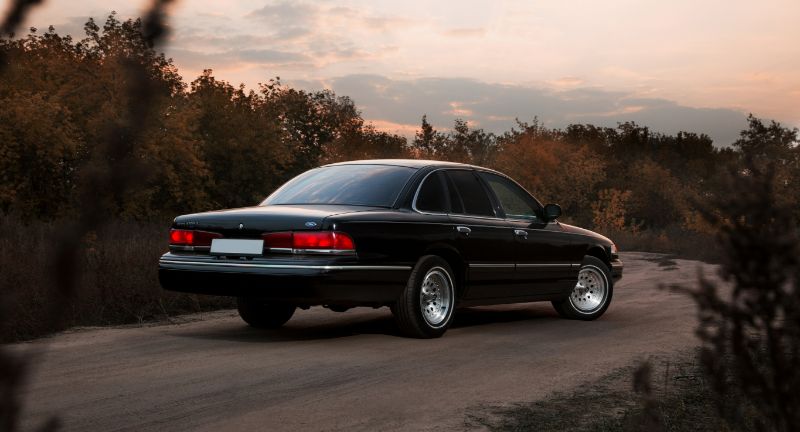
Shutterstock
The Ford Crown Victoria was a staple for police departments and taxi fleets for over 20 years, widely recognized for its body-on-frame construction, allowing for easy repair and maintenance. As well as a spacious interior that could comfortably accommodate passengers and equipment. It was unique for its V8 engine and rear-wheel drive, a rarity among modern sedans at the time. The Crown Victoria was discontinued in 2011 as Ford shifted focus towards more fuel-efficient and modern vehicles.
Chevrolet Impala
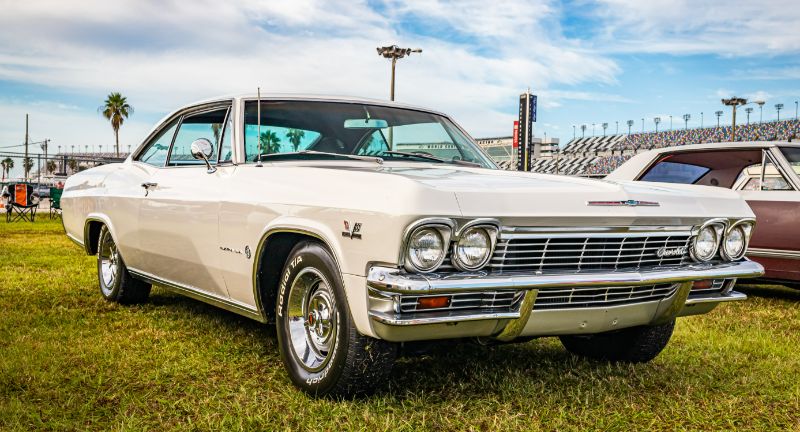
Shutterstock
First produced in 1958, the Impala is beloved for its spaciousness, comfort, and affordability, making it a staple in many American households and a regular sight on the road. The Impala stood out for its range of powerful engine options and its ability to blend performance with style, making it a favorite among car enthusiasts and families alike. Despite its success, the Impala was discontinued after the 2020 model due to shifting consumer preferences towards SUVs and trucks, marking the end of its iconic status as a symbol of American automotive history.
Pontiac Firebird
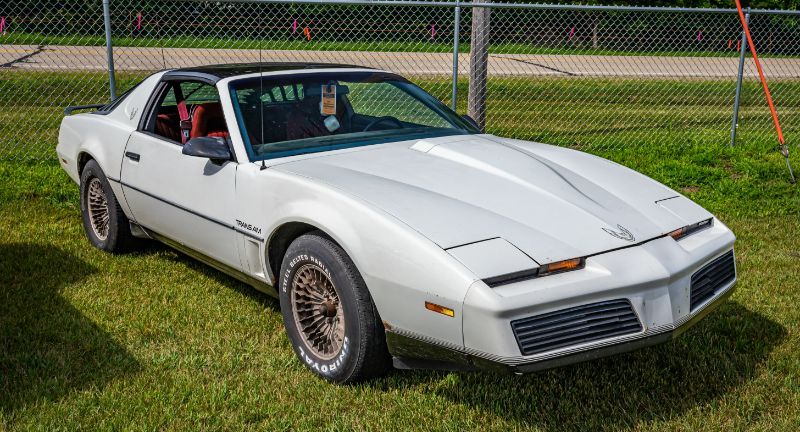
Shutterstock
Considered one of the most iconic muscle cars in American automotive history, celebrated for its powerful engines, aggressive styling, and performance-oriented features. Its popularity soared through its appearances in movies and TV shows, as well as its unique design evolutions that kept it stylistically relevant across four generations. The Firebird featured distinctive firebird hood decals and a sleek, aerodynamic body that set it apart from all other cars. The discontinuation of the Firebird in 2002 was a result of declining sales.
Oldsmobile Cutlass
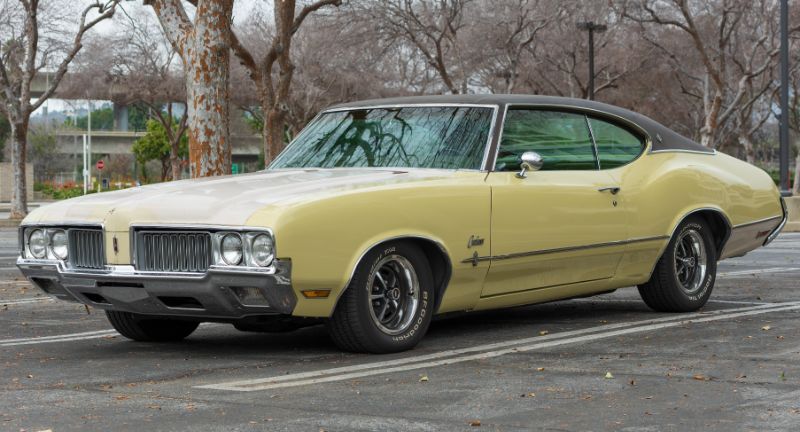
Shutterstock
One of the best-selling cars in the ‘70s, best known for its range of body styles, performance, and versatility. What set the Cutlass apart from the competition was its role in popularizing the muscle car era with models that featured powerful V8 engines, rear-wheel drive, and distinctive styling. The Cutlass was discontinued in the late 1990s as Oldsmobile shifted its focus towards other models and attempted to redefine its brand before General Motors eventually discontinued the Oldsmobile brand itself in 2004.
Honda S2000
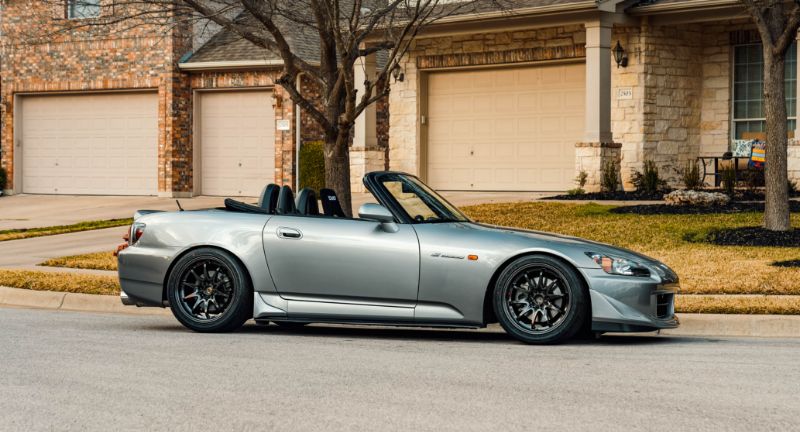
Shutterstock
The Honda S2000, launched in 1999 to mark Honda’s 50th anniversary, was celebrated for its high-revving VTEC engine, precise handling, and balanced rear-wheel-drive layout. Unique for its 9,000 RPM redline and minimalist, driver-focused interior, embodying Honda’s engineering prowess. It was discontinued in 2009, mainly due to shifting consumer preferences and the economic downturn.
Volkswagen Beetle
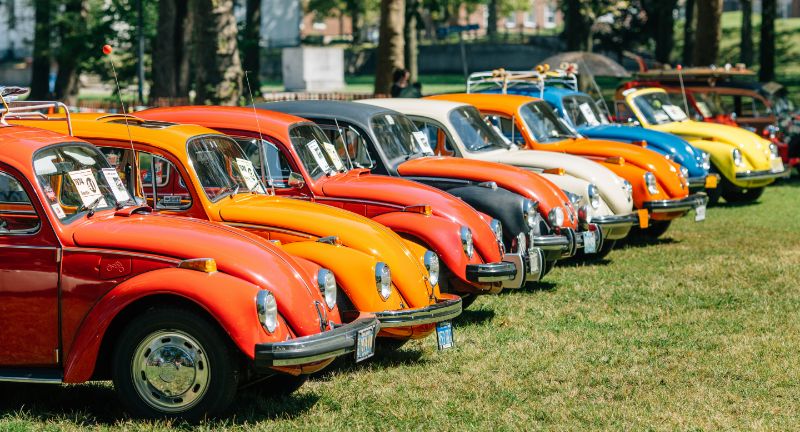
Shutterstock
One of the world’s best-selling cars, also known as “Bug”. Most known for its distinctive shape, reliability, and affordability. Its popularity was rooted in its simple, yet functional design, which made it an icon of the 20th century, appealing to a wide range of consumers from post-war families to 1960s counterculture. The Beetle was unique for its air-cooled rear engine, which contributed to its low maintenance costs and durability. Despite its enduring legacy, production of the Beetle was discontinued in 2019 due to changing consumer tastes.
Conclusion
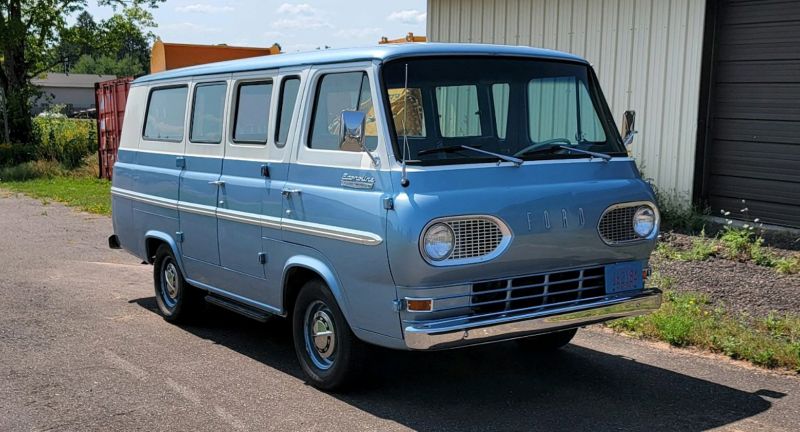
Mecum Auctions
Although the production of these iconic vehicles are long gone, their legacy continues to influence the design and engineering of today’s and tomorrow’s automobiles. The discontinuation of once-popular cars serves as a reminder of the automotive industry’s constant evolution, driven by the pursuit of innovation, efficiency, and sustainability. While we may bid farewell to these cherished models, their spirit endures in the ongoing journey of automotive progress, inspiring future generations to push the boundaries of what is possible on the road.
More From Auto Overload
-


6 Popular Car Features That Will Never Be Seen Again
-
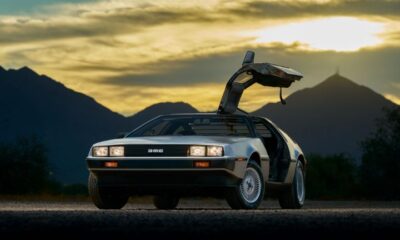

10 Weirdest Cars To Ever Hit The Road
-
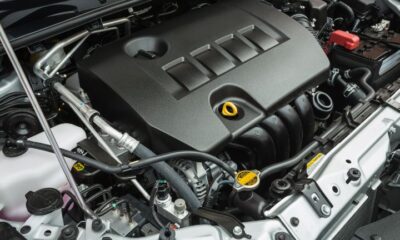

8 Easy Ways To Boost Fuel Efficiency
-


6 Strategies To Save At The Pump
-
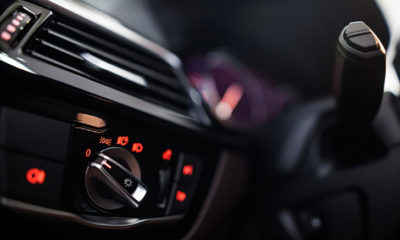

Two Essential Truths Every Car Owner Needs To Know
-
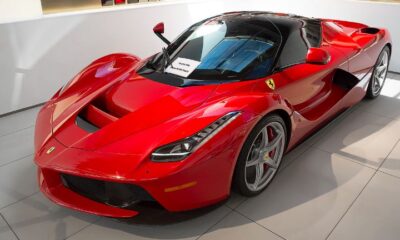

10 Of The Most Powerful Supercars On Earth
-


10 Common Car Problems Every Driver Should Be Aware Of
-
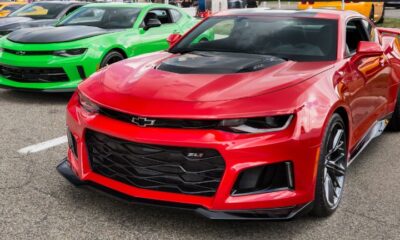

8 Most Iconic American Sport Cars Of All Time
-


8 Tactics To Deter Car Thieves
-


11 Coolest Cars Being Developed Right Now
-
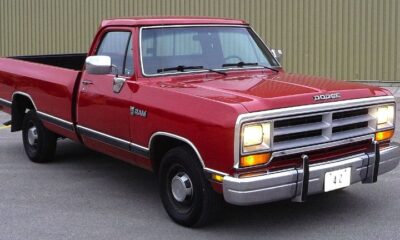

10 Greatest Trucks Ever Built
-


8 Easy Ways To Increase Your Car’s Value

